Published in 2019 by Cavendish Square Publishing, LLC 243 5th Avenue, Suite 136, New York, NY 10016
Copyright 2019 by Cavendish Square Publishing, LLC First Edition
No part of this publication may be reproduced, stored in a retrieval system, or transmitted in any form or by any meanselectronic, mechanical, photocopying, recording, or otherwisewithout the prior permission of the copyright owner. Request for permission should be addressed to Permissions, Cavendish Square Publishing, 243 5th Avenue, Suite 136, New York, NY 10016. Tel (877) 980-4450; fax (877) 980-4454.
Website: cavendishsq.com
This publication represents the opinions and views of the author based on his or her personal experience, knowledge, and research. The information in this book serves as a general guide only. The author and publisher have used their best efforts in preparing this book and disclaim liability rising directly or indirectly from the use and application of this book.
All websites were available and accurate when this book was sent to press.
Library of Congress Cataloging-in-Publication Data
Names: Shoup, Kate, 1972- author.
Title: Particle physics / Kate Shoup.
Description: First edition. | New York, NY : Cavendish Square Publishing,
LLC, [2019] | Series: Great discoveries in science | Includes bibliographical references and index. |
Audience: 9 to 12. Identifiers: LCCN 2018013135 (print) | LCCN 2018026077 (ebook) |
ISBN 9781502643711 (ebook) ISBN 9781502643810 (library bound) | ISBN 9781502643933 (pbk.)
Subjects: LCSH: Particles (Nuclear physics)--Juvenile literature. | Particles (Nuclear physics)--Histor--Juvenile literature. Classification: LCC QC793.27 (ebook) | LCC QC793.27 .S56 2019 (print) | DDC 539.7/2--dc23 LC record available at https://lccn.loc.gov/2018013135
Editorial Director: David McNamara Editor: Jodyanne Benson Copy Editor: Michele Suchomel-Casey Associate Art Director: Alan Sliwinski Designer: Christina Shults Production Coordinator: Karol Szymczuk Photo Research: J8 Media
The photographs in this book are used by permission and through the courtesy of:
Cover, Boscorelli/Shutterstockcom; p. 4 Erik Tham/Corbis/Getty Images; p. 10 De Agostini Picture Library/Getty Images; p. 15 DEA Picture Library/Getty Images; p. 19 1./2. Christies, LotFinder: entry 5287788 ( http://www.christies.com/LotFinder/lot_details.aspx?intObjectID=5287788 ) (sale 2282, lot 339, New York, 27 January 2010, as Circle of Rembrandt van Rijn) 3. RKD-images, Nr.: 202671 ( https://rkd.nl/explore/ images/202671)/File: 17th-century Netherlandish artist Democritus with a skull.jpeg/Wikimedia Commons/Public Domain; p. 20 http:// wellcomeimages.org/indexplus/obf_images/46/ff/37b5788010996ea730e90a8e50a2.jpg/File: Jabir ibn Hayyan Geber, Arabian alchemist Wellcome L0005558.jpg/Wikimedia Commons/CCA 4.0; p. 22 Frater5 at English Wikipedia/File: Squaredcircle.svg/Wikimedia Commons/ Public Domain; p. 27 Science Museum London ( https://www.flickr.com/people/98833223@N00)/Science and Society Picture Library ( http://www.scienceandsociety.co.uk/)/File : J J Thomsons cathode ray tube with magnet coils, 1897. (9663807404).jpg/Wikimedia Commons/ CCA-SA 2.0 Generic; p. 30 Photo Researchers/Science Source/Getty Images; p. 40 Julie Deshaies/Shutterstock.com; p. 43 WIN-Initiative/ Getty Images; p. 45 http://wellcomeimages.org/indexplus/obf_images/a2/05/8a3298426a9d4777371c45e4a2da.jpg/File : Portraits of Marie Curie and Pierre Curie Wellcome V0027528.jpg/Wikimedia Commons/CCA 4.0 International; pp. 46, 62, 71 Bettmann/Getty Images; p. 50 Julian Herzog (Website (http://julianherzog.com)/File: CERN LHC Tunnel1.jpg From Wikimedia/Wikimedia Commons/CCA-SA 3.0 Unported; p. 52 Universal History Archive/Getty Images; p. 55 Paul Nadar (1856-1939)/File: Portrait of Antoine-Henri Becquerel.jpg/Wikimedia Commons/ Public Domain; p. 65 Elliott & Fry/Hulton Archive/Getty Images; p. 67 Corbis/Getty Images; p. 72 Cush/File: Standard Model of Elementary Particles dark.svg/Wikimedia Commons/CC0 1.0 Universal Public Domain Dedication; p. 85 Peter Macdiarmid/Getty Images; p. 87 SPL/Science Source; p. 89 Jack0m/DigitalVision Vectors/Getty Images; p. 91 Frederic Pitchal/Sygma/Getty Images; p. 94 Alfred Pasieka/Science Photo Library/ Getty Images; p. 102 U.S. National Archives and Records Administration/File: Nagasakibomb.jpg/Wikimedia Commons/Public Domain; p. 105 Ragib Hasan (wiki: Ragib Hasan [1] (http://www.ragibhasan.com)/File: Bardeen plaque uiuc.jpg Wikimedia Commons/CCA-SA 2.5 Generic;
p. 107ALPA PROD/Shutterstock.com.
Printed in the United States of America
Contents
I n 1803, a British scientist named John Daltonbuilding on work by earlier scientists, such as Robert Boyle, Sir Isaac Newton, Gottfried Leibniz, and Ruder Boskovicput forth a theory on the nature of matter. Small particles called atoms exist and compose all matter, Dalton wrote. These atoms, he claimed, were indivisible and indestructible. Finally, Dalton concluded that Atoms of the same chemical element have the same chemical properties and do not transmute or change into different elements.
For more than ninety years, scientists believed Daltons model represented the final word on the nature of the atom. Two scientific discoveries during the 1890s, however, proved that aspects of Daltons model were either wrong or incomplete. The first of these discoveries occurred in 1896, when a French scientist named Henri Becquerel observed a phenomenon we now call radioactive decay. Further study by Becquerel, Marie and Pierre Curie, and Ernest Rutherford would prove that radioactive decay resulted in the transmutation of one element into another. In other words, said Rutherford, Radioactivity is shown to be accompanied by chemical changes in which new types of matter are being continually produced.
The second discovery to challenge Daltons atomic model was made by British scientist J. J. Thomson. In 1897, while conducting an experiment involving cathode rays, Thomson determined that atoms contained even smaller parts, meaning they were not in fact indivisible. Indeed, these parts, which Thomson called corpuscles, but scientists later renamed electrons, were much smaller than atomsone hundred million times smaller. Thomson also determined that electrons carried a negative electric charge. This discovery turned the disciplines of chemistry and physics inside out.
Further scientific advancements during the early twentieth century led to a revision of Daltons atomic model. The most notable of these advancements was the development of an entirely new scientific discipline called quantum physics. This field emerged in 1900 after a German scientist named Max Planck solved a problem, called the blackbody radiation problem, which had bedeviled scientists for decades. Although scientists had hypothesized (and experiments seemed to support) that atoms inside a blackbody should emit energy in a certain way, they had been unable to prove this hypothesis mathematically using the rules of classical physics. Planck discovered that if the equation restricted the amount of energy in these atoms to values of a certain range (rather than all possible values), it could be verified mathematically. From this, Planck and other scientists deduced that rather than being emitted in a gradual manner as had previously been assumed, all energy was emitted in tiny and instantaneous bursts. Moreover, they determined that this energy existed only in unified bundles, which they called quanta (the plural of quantum) and that particles like electrons were types of quanta.

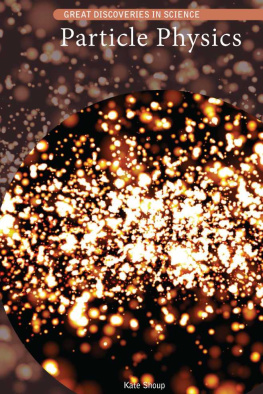





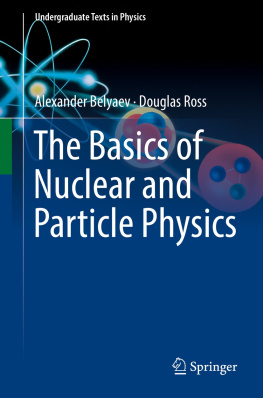
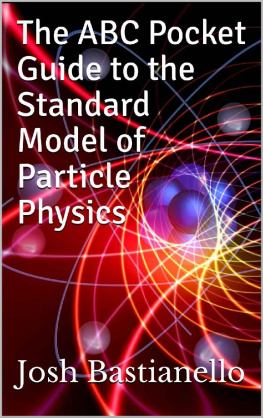
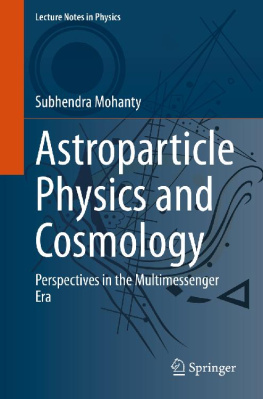
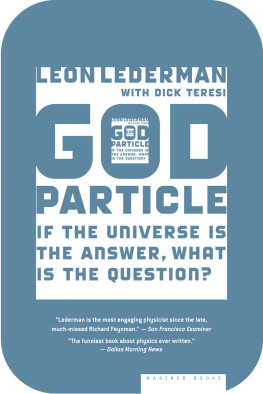
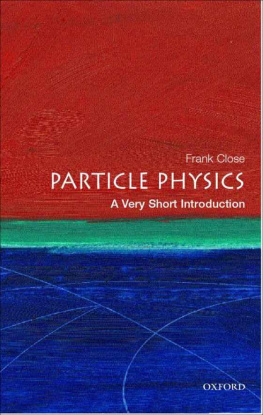
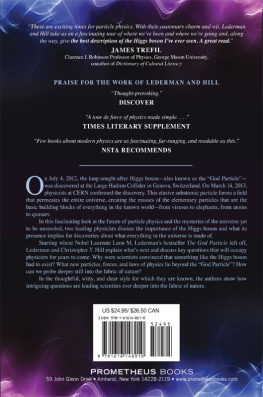
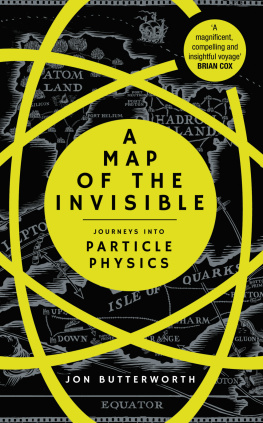
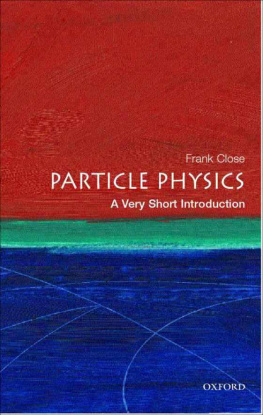

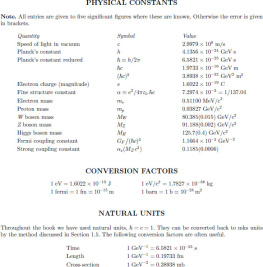
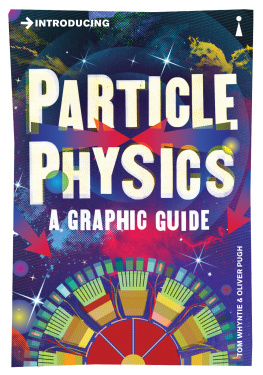


.jpg)